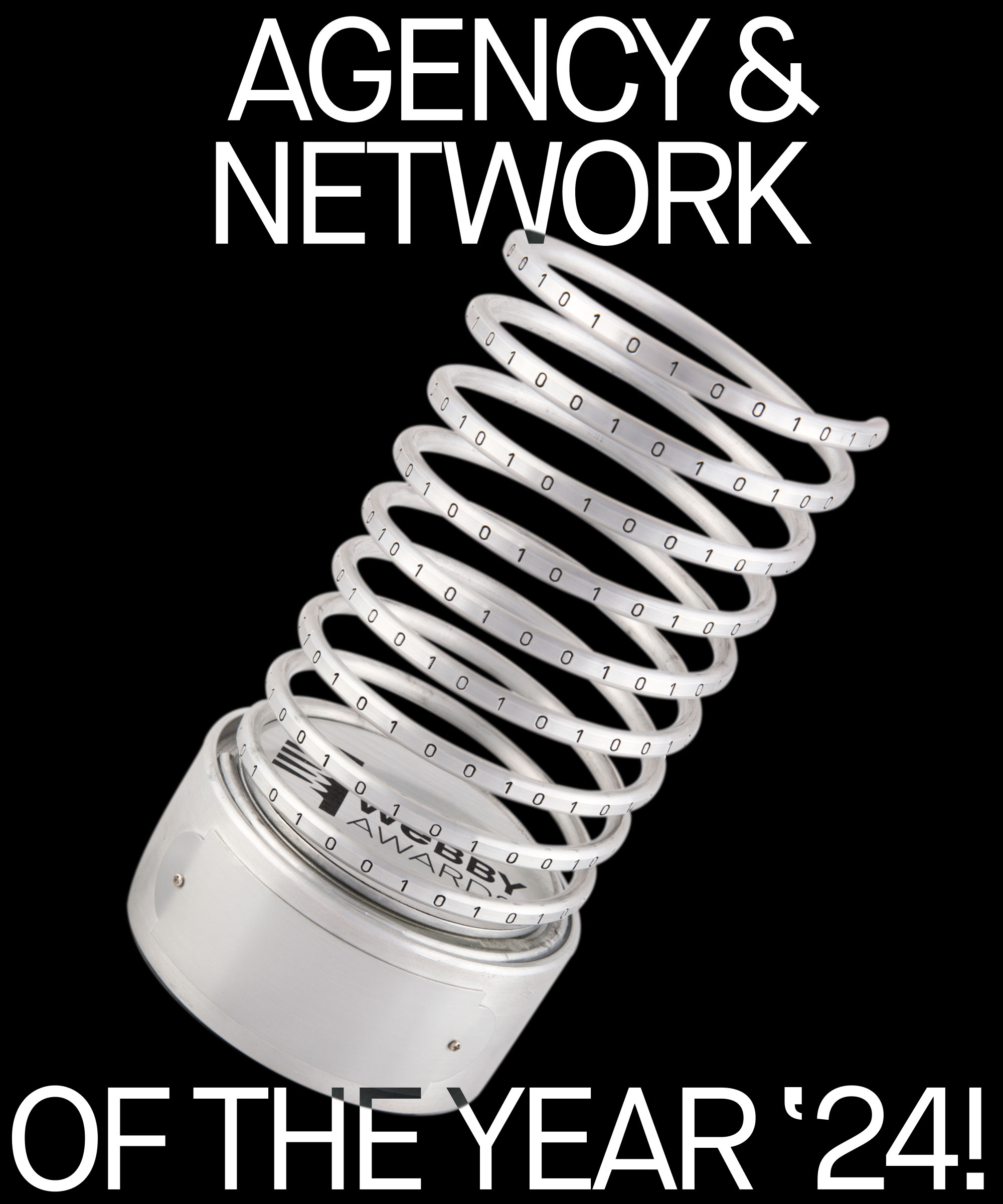
In 2022, customers are demanding even more out of their digital experiences. That makes your website the backbone of operations and your content management system (CMS) much more than just a tool to organise your website.
To meet and exceed these amplified customer expectations, many businesses are reviewing their CMS to ensure it provides a strong foundation for creating exceptional experiences that customers will keep coming back for. But there are a multitude of common pitfalls businesses trip over when it comes to reviewing and selecting a new CMS. Here’s how to avoid them.
01 Focusing on leading CMSes
Of the various market organisations that carry out annual research on the CMSes available, Gartner and Forrester are the most reputable. They are a great place to start when reviewing CMSes and downloading the reports of previous years will help you gain insights into the movement of different companies along the axes; but solely relying on these reports can lead organisations to assume there are only a few “real” CMSes to consider.
Although they are incredibly useful resources, they are based on general requirements that could vary from the requirements of your organisation. Plus, not all CMS vendors are included in the studies and the fewer products examined, the greater the chance the most appropriate CMS will be missed.
02 One dimensional teams
Choosing a CMS does not take place in a vacuum. The whole organisation must be able to work well with the solution selected. That’s why you need to consider the business processes and requirements of different parts of the organisation with a multidisciplinary team.
It’s neither an IT nor a business project, it’s both. Successful CMS selection projects involve a series of different stakeholders, such as product, marketing and IT. This is essential to effectively identifying the key functional, non-functional and technical requirements for the business, and match these with the available platforms in the market.
03 Rigid long-term thinking
Change is constant for organisations today. That requires your architecture to be agile and scalable. Some businesses run the risk of being too rigid in their long-term thinking, but if you don’t have flexibility baked into your technology stack, your organisation loses its business agility.
For example, a key trend to consider is cloud software, which has fast become an industry standard. Extending beyond infrastructure, it shapes the way CMSes and other business critical applications are deployed and used and is becoming a crucial facilitator of innovation and business agility. But not all CMS solutions offer the same cloud capabilities. If one of your business’ goals is to move towards SaaS and cloud based tech, this needs to be a consideration of your CMS selection.
04 Requirement overload
As a rule of thumb, there are rarely more than ten or 12 key selection criteria for choosing a CMS. Writing too many requirements will make it much harder to find the right solution. Real differences between products may get lost, vendors will need longer to respond and the evaluations will demand more time and effort.
One reason for requirement overload is confusing the key needs with nice-to-haves. It can be helpful to define requirements using the MoSCoW prioritisation technique to identify what you must, should, could and won’t have. Then you can explore how different solutions may add value.
05 Second system syndrome
It’s very common for businesses to focus on the functionality of their existing CMS, without considering the full breadth of opportunity in the market. We call this “second system syndrome”.
As a first step in selecting a new solution, we challenge businesses to identify the gaps between where the business currently stands and its goals. Addressing these gaps is what will ultimately drive an organisation’s success and future. The three main areas to look into are: business – to effectively translate business goals into a high-level CMS strategy; users – to understand their true requirements and expectations; and technology – to understand how it is being used within your business.
06 Distinguishing between functions
Being able to correctly distinguish between functions becomes more important when your business is considering a headless approach over a more traditional CMS platform. In these circumstances, it’s important to understand that your website is not constrained or entirely defined by the capabilities of your chosen CMS.
It can be easy to rule out solutions that do not provide an integrated feature with your website, but there are often market leading SaaS solutions available. So make sure you are clear on what is a CMS requirement and what is a website requirement.
The cornerstone of digital experience
Customers expect relevant, seamless experiences across a constantly growing number of channels they interact on. Companies who excel at managing these experiences grow faster and are more successful than their peers who choose to wait and see. Content is at the heart of digital experiences. A lot of content.
The right CMS and/or DXP enables you to manage and orchestrate this huge amount of content across channels in different languages to optimally connect with your customers. But there’s more to it; because selecting the right solution for your business’s ambitions goes beyond a good-looking UI or modern development framework. It needs to meet many different requirements and integration possibilities which match the organisation.
There are many reasons why you might be reviewing your current CMS. Whether you’re looking to maximise functionality, accelerate agility, cut costs or centralise your platform, finding the right technology to power your digital business is a critical element of achieving your long term goals and ambitions. But the landscape is vast and crowded.
Download the ultimate guide to CMS selection in 2022 or get in touch to find out how we can help you find your needle in the haystack.





